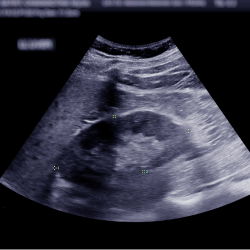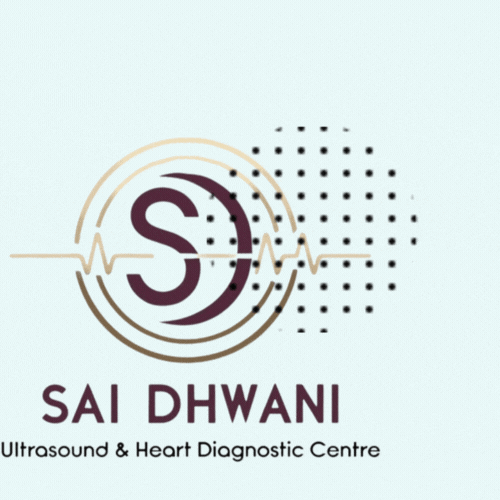USG SmallSuperficial Parts
Advanced ultrasound for evaluating small and superficial structures of the body.
USG Small/Superficial Parts
Ultrasound (USG) of small or superficial parts is a non-invasive imaging technique used to examine small structures like the thyroid, breast, scrotum, lymph nodes, salivary glands, and superficial soft tissues . It helps detect abnormalities, infections, cysts, or tumors in these areas.
Who Needs It?
- Patients with lumps or swelling in the thyroid, breast, or other small organs.
- Individuals with pain, infections, or suspected cysts in superficial tissues.
- Men requiring scrotal ultrasound for issues like testicular pain or swelling.
- People needing lymph node assessment for infections or malignancies.

Uses of USG Small/Superficial Parts
Thyroid Examination
Helps detect thyroid nodules, goiter, cysts, and thyroiditis .
Breast Ultrasound
Used for evaluating breast lumps, cysts, and tumors , especially in younger women.
Scrotal & Testicular Scan
Assists in diagnosing testicular pain, varicocele, hydrocele, and tumors .
Preparation for USG Small/Superficial Parts
N
Wear loose and comfortable clothing for easy access to the examination area.
N
No fasting is required for most scans, except in special cases (as advised by the doctor).
N
Avoid applying lotions, creams, or powders on the area being examined.
N
For thyroid ultrasound , remove any necklaces to allow clear access to the neck.
N
The procedure is non-invasive, painless, and takes about 15-30 minutes .
Frequently Asked Questions (FAQs)
Is USG Small/Superficial Parts safe?
Yes, ultrasound is completely safe , non-invasive, and does not involve radiation.
How long does the procedure take?
The scan usually takes 15-30 minutes , depending on the area being examined.
Do I need any special preparation before the scan?
No special preparation is required for most scans. However, your doctor may give specific instructions based on your condition.
Will I get my results immediately?
The radiologist will analyze the images, and your doctor will discuss the results with you, usually within a few hours or a day .
